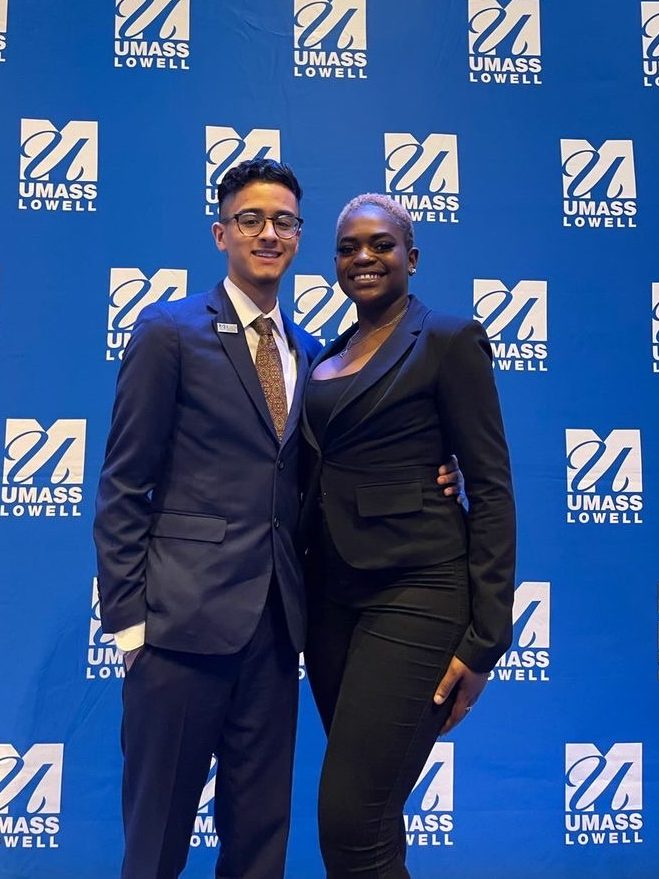By: Doa Jamal, Francis College of Engineering Well-being Leader
Sometimes it feels like life or death: must drink coffee or die. Coffee is the number one drink for college students and many have an unhealthy addiction. Throughout the years there has been much research done on coffee and there have been mixed findings. Coffee has been found to have many benefits as well as several drawbacks.
A moderate coffee intake—about 2–5 cups per day has several benefits (1):
1. Coffee contains caffeine which is a stimulant. Caffeine increases energy levels by blocking the receptors of a neurotransmitter which therefore increases levels of other neurotransmitters in the brain that regulate energy levels.
2. Some research suggests that regular coffee consumption could be associated with a lower risk of developing type 2 diabetes.
3. Some studies have found that drinking coffee could be associated with a lower risk of depression and a lower risk of death by suicide.
4. There is research that suggests that coffee could support liver health and protect against liver disease (2).
Coffee can, however, be harmful to specific populations. In addition, a high intake of coffee is harmful to everyone:
1. The biggest danger of coffee is becoming addicted to it. Having a coffee addiction makes it really difficult to rely on the body’s natural energy source. Often people replace healthy good meals with coffee because it is more convenient. The body becomes dependent on coffee for energy and the person gets withdrawal symptoms if they do not get their daily caffeine. This reduces the person’s quality of life.
2. Coffee can be harmful to pregnant women and their babies. One study suggested that preconception caffeine consumption could be a risk to pregnancy, with pre-pregnancy consumption of >400 mg of caffeine/day increasing the risk of spontaneous abortion by 11%. Additionally, caffeine can cause developmental damage to the fetus.
3. Coffee and caffeine can be dangerous for those with mental illnesses. For other mental illnesses, such as schizophrenia, caffeine may increase psychotic symptoms (3). Also, too much caffeine can induce anxiety in people with panic or anxiety disorders (1)
4. Caffeine increases catecholamines, cortisol, and insulin which elicits stress hormones.
5. The acidity of coffee is associated with digestive discomfort, indigestion, heartburn, GERD, and dysbiosis.
6. Lastly, increased urinary excretion of essential minerals such as calcium, magnesium, and potassium has been observed in coffee drinkers. Electrolyte imbalance can lead to serious systemic complications and health issues (4).
In conclusion, although coffee has a negative reputation, it also has many benefits which are not widely known. These benefits only exist if coffee is consumed in moderation, and a high intake of coffee is still harmful. However, even a moderate amount of coffee can be detrimental for some and it is always best to discuss with a doctor if you think coffee is affecting you in any way. Coffee should not feel like life or death, it should be a pleasant treat that occasionally gives you a temporary burst of energy. Everyone, especially college students, should be aware of their coffee consumption and the effects of coffee on their bodies and well-being.
References:
1. Is coffee good or bad for your health? (2021, April 9). News. https://www.hsph.harvard.edu/news/hsph-in-the-news/is-coffee-good-or-bad-for-your-health/
2. Link, M. R. S. (2022, January 11). 9 Unique Benefits of Coffee. Healthline. https://www.healthline.com/nutrition/top-evidence-based-health-benefits-of-coffee
3. Temple, J. L., Bernard, C., Lipshultz, S. E., Czachor, J. D., Westphal, J. A., & Mestre, M. A. (2017). The Safety of Ingested Caffeine: A Comprehensive Review. Frontiers in psychiatry, 8, 80. https://doi.org/10.3389/fpsyt.2017.00080
4. 10 Reasons To Quit Coffee (Plus Healthy Alternatives) | HUNGRY FOR CHANGE. (n.d.). Hungry for Change. https://www.hungryforchange.tv/article/10-reasons-to-quit-coffee-plus-healthy-alternatives
